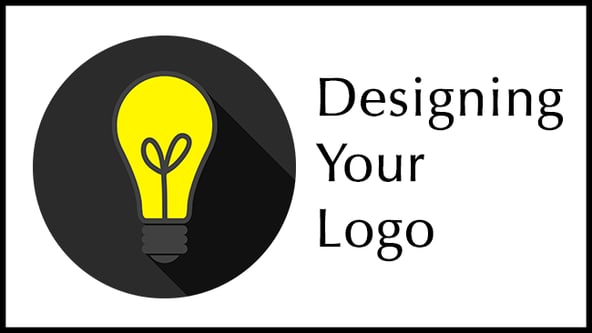Creating a logo for your business can be a challenging but exciting task. Your logo can be the first impression a prospect has of your business and you want it to be good. Creating a logo is like creating a classic hit song. Not only does it need to make an impact, it needs to be catchy, simple, and stand the test of time. And, like a classic hit song, it’s often hard to pull off.
Consider the following points before creating a new logo for a financial services business.
1. Know Your Audience
Start with identifying your core demographic. Who needs your services? What type of person are you hoping to have as a client? With this knowledge, you can steer your logo to appeal to that group. It saves a lot of time and energy when you’re focused on a core group. You can focus on their tastes and values to incorporate them into your design.
2. Explain What Your Brand and Business is About
If you can explain your business in a few sentences, then you’re close to representing your business in a focused logo. Often times logos need to explain a lot with only a few elements. Explain your business at a very high level. This description can help inspire the design of the logo.
3. Research. Research. Research.
I can’t emphasize this enough: Research as much as you can. Look at famous logos and see what you can learn from them. See what the competition is doing. How can you stand out from them? Find images and examples of what you want to achieve. Ask the people around you what they think. Almost everyone has an opinion on logos and I’m sure they’ll share it with you. During your research, you might discover something new that you never considered.
4. Look at Different Styles
You most likely have an idea or design you want to use for your logo. Get out of your comfort zone and consider different styles. A conservative and traditional look is nice but a more unique look may help you stand out.
Choose a style that is timeless. Your logo can still be fun and engaging without being trendy. Trendy styles go away and you’re stuck with a dated logo. Logos can be tweaked and elements can change over the years, but you don’t want to have to completely change it because it has become outdated. Your logo builds recognition over the years, and if you had to completely change it, then that recognition would go away. Imagine if Nike changed their logo. It’s an easily identifiable and timeless symbol that is familiar to many. Nike’s logo recognition would have to start over if they completely changed it. Creating a timeless logo prevents this problem.
5. Have a Professional Create Your Logo
Graphic designers do this for a living. They have been educated and trained to create logos. So when it comes to creating a logo, turn to a professional and provide them with what you want. Think about the points in this article, write down your answers, and provide them to a designer. Your responses will give the designer a lot of information to work with as he or she designs your logo.
Once you are done designing your logo, make sure to add it to your social media profiles. Learn the steps you need to take to effectively market on social media with our free ebook.







